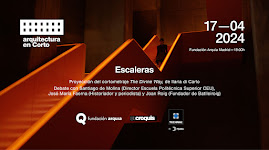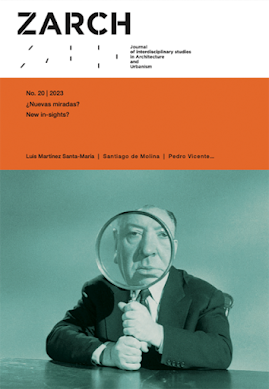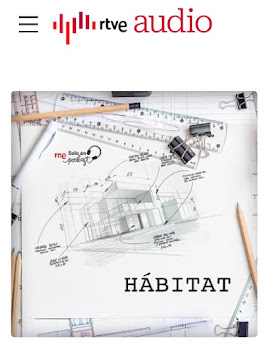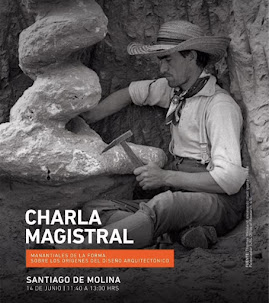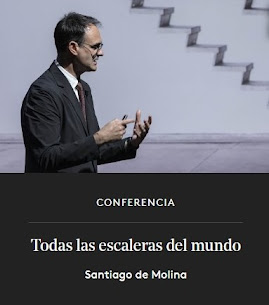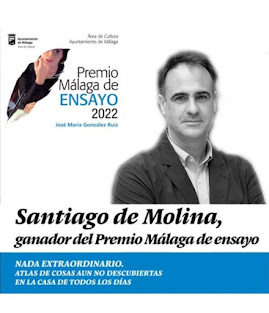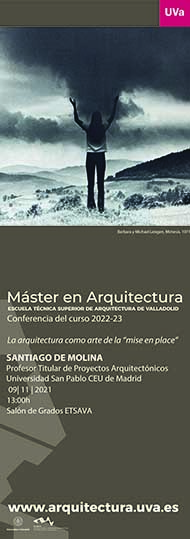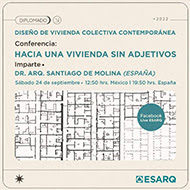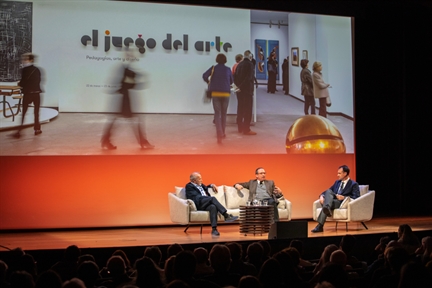La L es una de ellas. Con habilidad, funciona para edificios completos, pero a duras penas para sus componentes. Con raras excepciones, una escalera con forma de L es un claro signo de impericia del proyectista o de falta de espacio. Otro tanto cabe decir de un sillón o un mueble de cocina. Pero con todo, y llevado al extremo, la peor de las maldiciones respecto a las eles es la de tener un salón con esta forma. Porque, además de un incordio, es un inequívoco signo social de clase: igual que si tu sofá está pegado a la pared eres pobre, si tienes un salón en forma de L sucede lo mismo. (O, por el contrario, eres muy rico). Esta geometría infernal delata, en un caso, una carencia de espacio y una pésima distribución; en el otro, su exceso y la inevitable fragmentación.
El mundo de las relaciones que se producen en el gran salón en L obliga a que no sea un salón, en puridad, sino más bien un ser con dos alas, donde una está ocupada por un comedor y la otra acaba convertida en un espacio de reuniones familiares, en la que, en el mejor de los casos, una gran chimenea acaba interpuesta entre ambos. Son las alas de ese ser demoníaco las que implican la aparición de dos lugares diferentes que, por sistema, se niegan y no pueden ocuparse a la vez. Si Palladio o Letarouilly no se permitieron en sus grandes salones semejante despropósito, fue por algo.
El mundo de las formas no es inocente. La sociología, la antropología, la economía y la historia se asoman por sus puertas y se cuelan entre sus rincones, convocadas por el modo ancestral en que los seres humanos se juntan y se relacionan. Los mejores escenarios donde esto se produce, desde luego, no tienen forma de L.
The L is one of them. When used with finesse, it can work for entire buildings, but hardly ever for their parts. With rare exceptions, an L-shaped staircase is a clear sign of poor design or lack of space. The same goes for an L-shaped armchair or kitchen cabinet. But the worst curse of all, taken to the extreme, is having a living room shaped like an L. Because beyond being a nuisance, it’s an unmistakable social marker: just as if your sofa is up against the wall, you're poor, the same holds true if your living room is L-shaped. (Or, conversely, you're very rich). This infernal geometry reveals, in one case, a lack of space and a disastrous layout; in the other, an excess of it and inevitable fragmentation.
The kinds of relationships that unfold in a large L-shaped living room prevent it from being a true living room. It becomes, instead, a creature with two wings—one housing the dining area and the other turning into a space for family gatherings, ideally separated by a large fireplace. These wings of the demon spawn generate two distinct zones that, as a rule, deny each other and cannot be used at the same time. If Palladio or Letarouilly never allowed such nonsense in their grand halls, there must have been a reason.
The world of forms is not innocent. Sociology, anthropology, economics, and history peek through its doors and seep into its corners, drawn in by the age-old ways in which humans gather and interact. And the best settings for such encounters, needless to say, are never L-shaped.






























